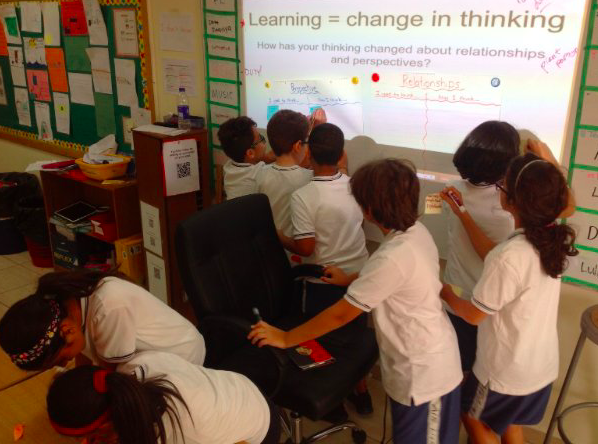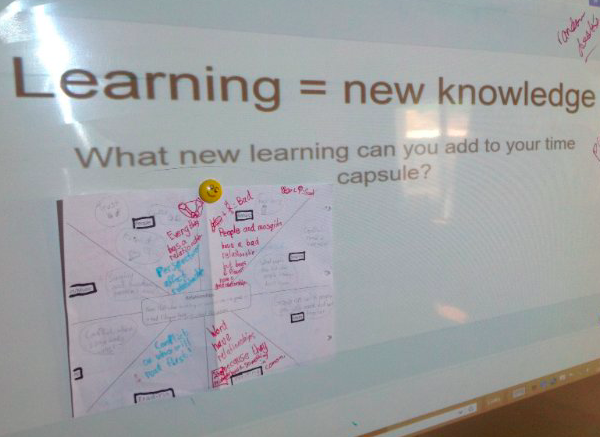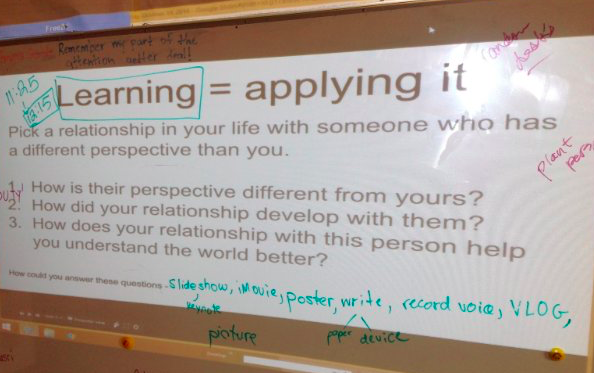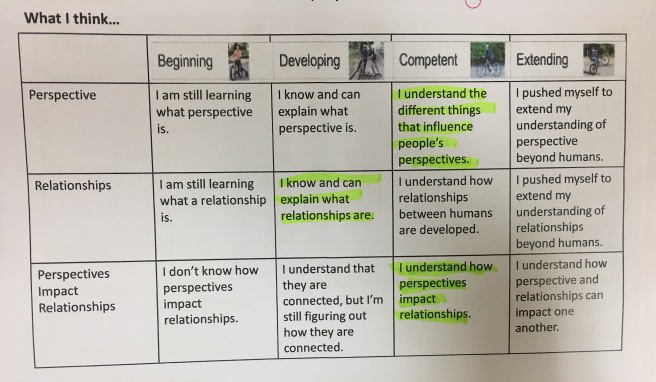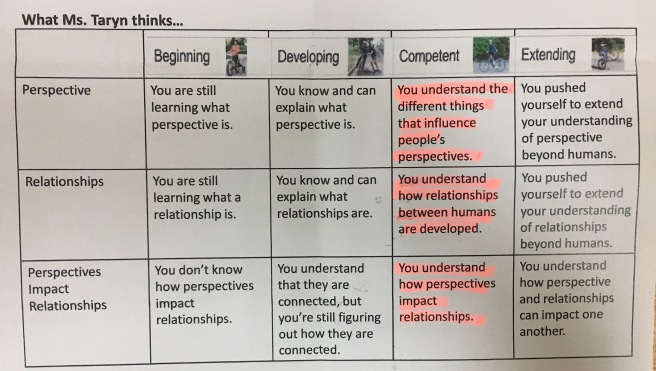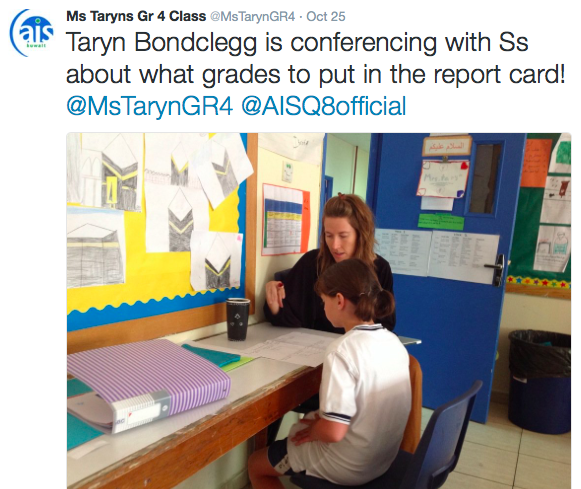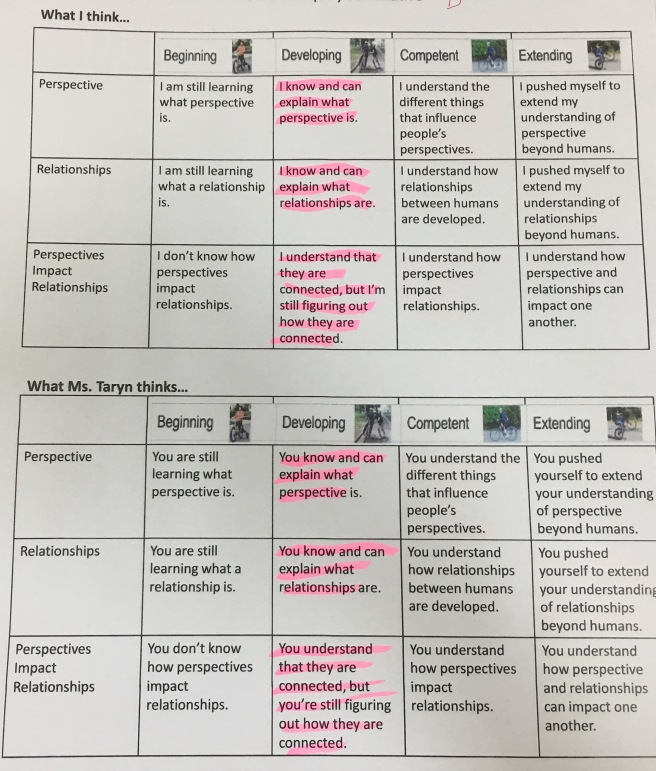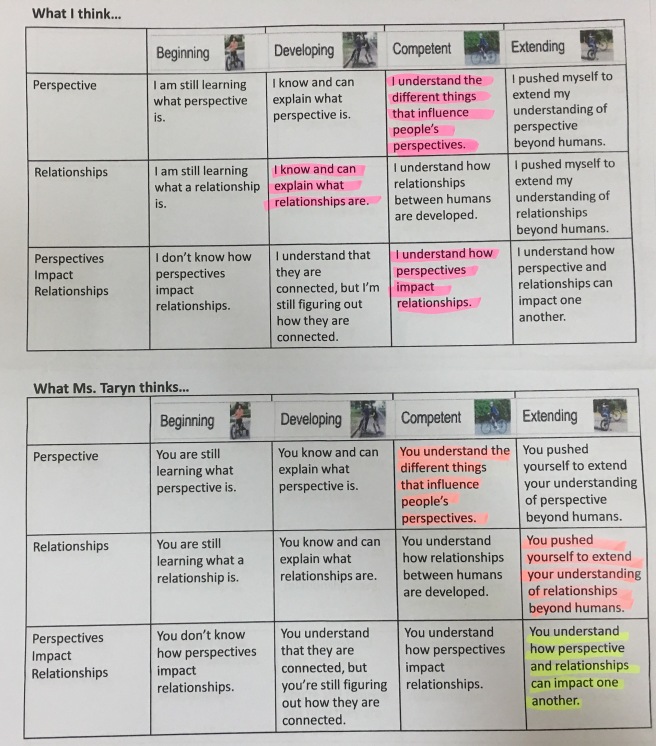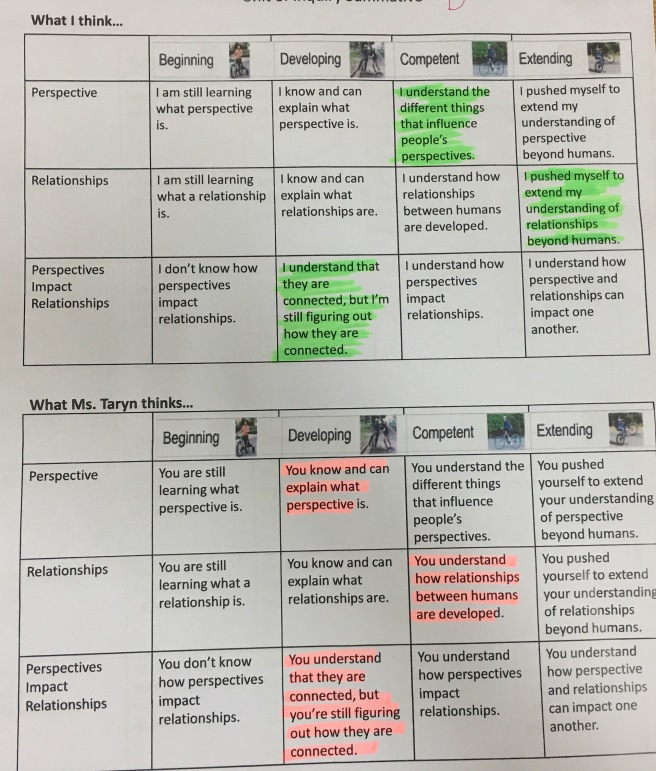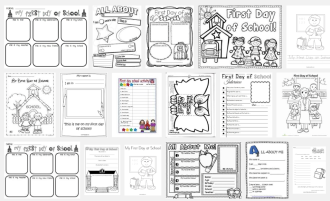A few weeks ago, I asked my students:
“Do schools kill creativity?”
It was interesting to hear their different perspectives on the topic. Then together we watched Sir Ken Robinson’s famous Ted Talk on the matter and specifically analyzed this quote:
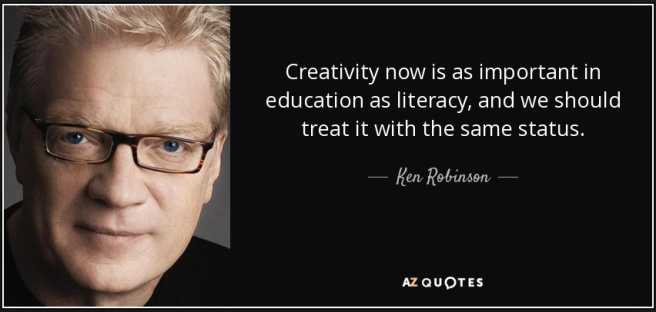
So we decided to calculate how much class time is dedicated to the development of literacy skills, and match that amount of time for the development of creativity skills. We discovered that 1/5 of our time should be dedicated to creative pursuits – in the form of Creativity Thursdays.
Before jumping in with both feet, we took some time to unpack the concept of creativity. What it is? What are the different forms? What is it connected to? Then we put together a menu of creative endeavours that students could choose from each week:
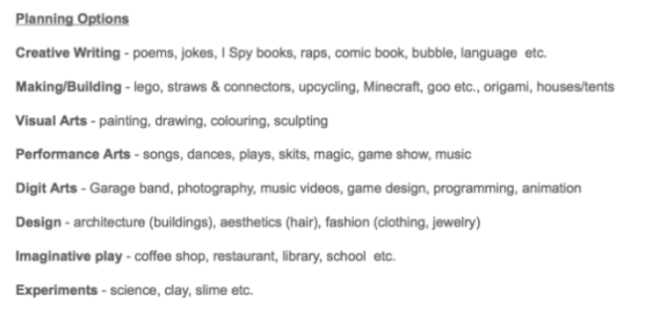
The day before our first “Creativity Thursday” the students were abuzz with excitement! Trying to decide what to do… who to do it with… how long it would take… the materials they would need…. it was amazing to watch! There was so much thinking, planning and – well – creativity, even before the actual day started!
For the first few weeks I decided my role would be to “look for learning”. I wanted to walk around and document evidence of learning that was happening through their creative endeavours. What I noticed was amazing! Not only were students developing their Learner Profile attributes, PYP attitudes and ATL skills, but there was also rich, authentic engagement with literacy, math, humanities and science!
Here is what I saw:
Learner Profile
Students were being caring, thinkers, reflective and risk-takers.
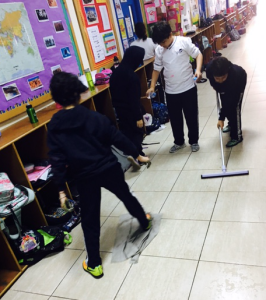
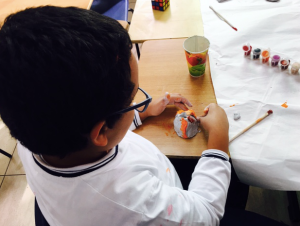
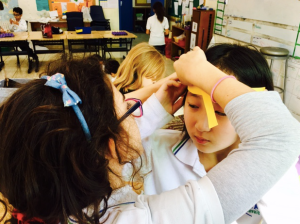
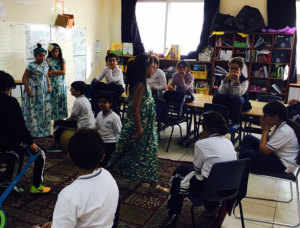
Attitudes
Students were showing appreciation, enthusiasm, creativity, confidence, commitment, curiosity and independence.
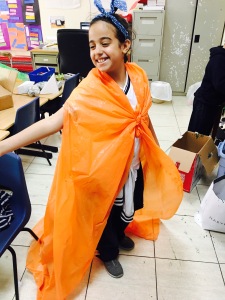
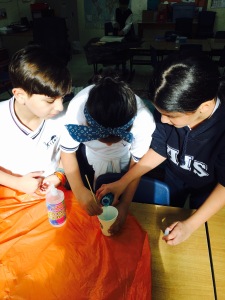

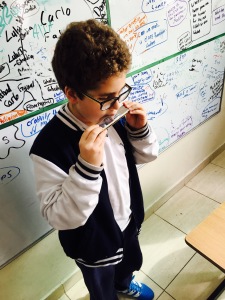
ATL Skills
Students were making group decisions, accepting different roles, cooperating and resolving conflicts. (social skills)
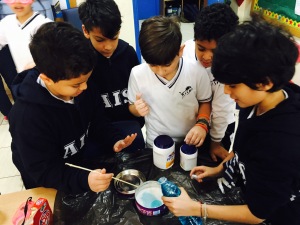
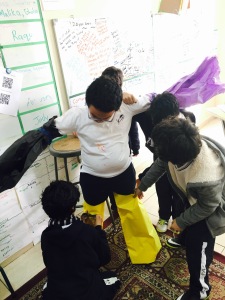
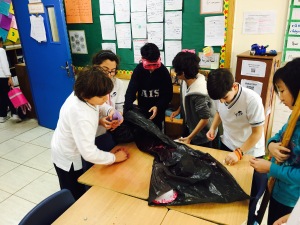
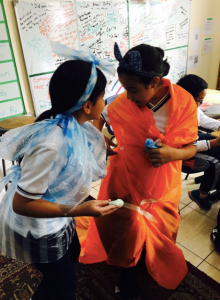
Students were develop gross and fine motor skills and practicing safe and informed choices. (self-management skills)
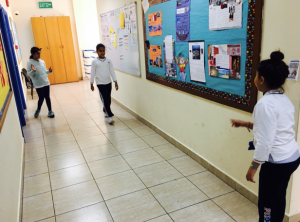
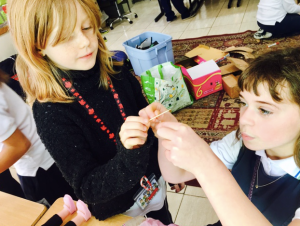
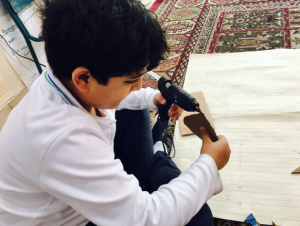
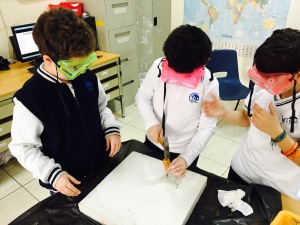
Students were listening, speaking, presenting, viewing, reading and writing. (communication skills)
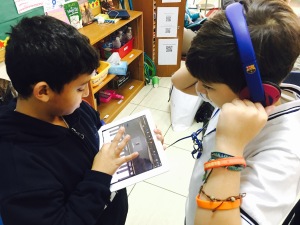
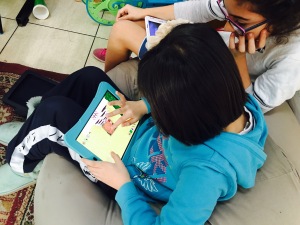
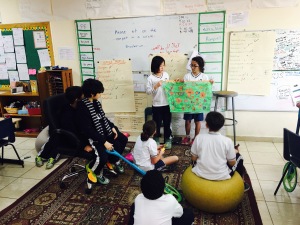

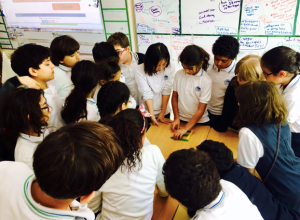
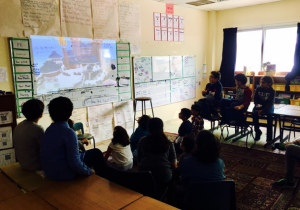
Students were asking questions, planning, observing, recording data and interpreting findings. (research skills)
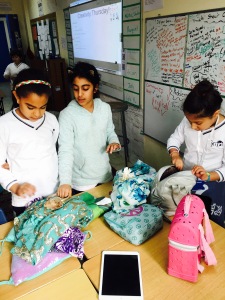
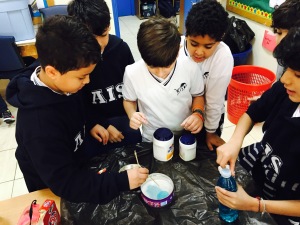
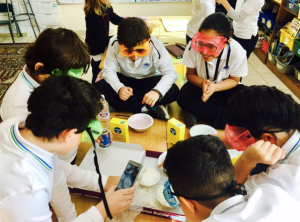
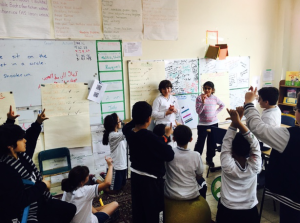
Math
Students were exploring the exchange of money.
 Students were experimenting with lines and angles.
Students were experimenting with lines and angles.

Students were engaging with measurement.
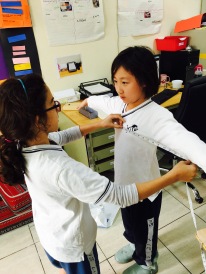
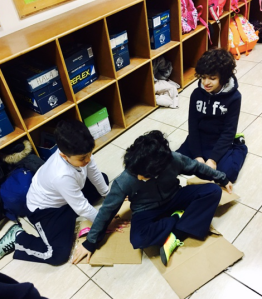
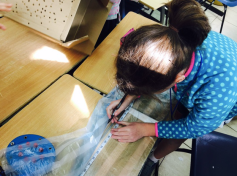
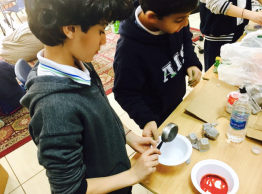
Students were playing with patterns.
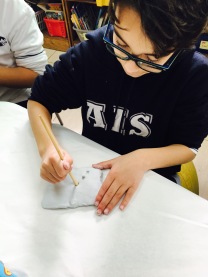
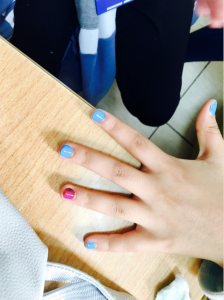
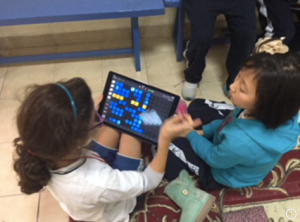
Students were manipulating shapes and spaces.
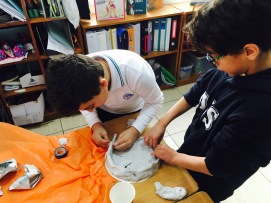
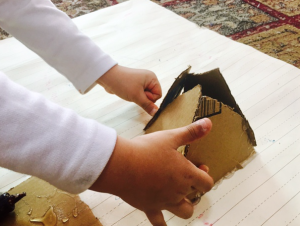
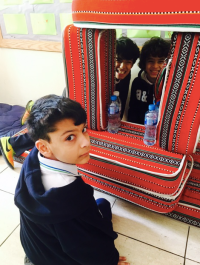
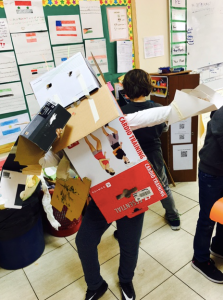
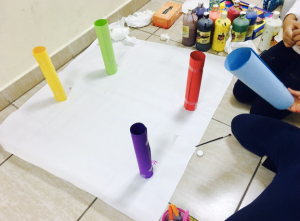
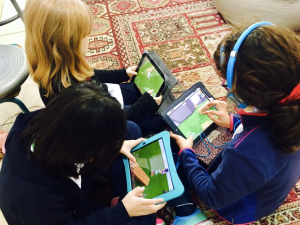
Literacy
Students were writing for authentic purposes.
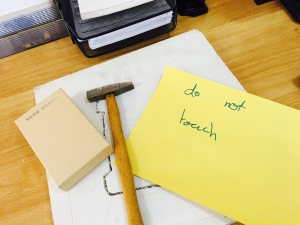
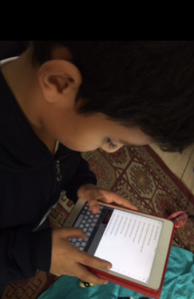
Students were writing for creative purposes.
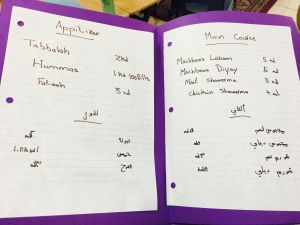

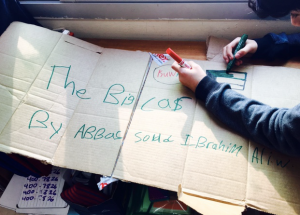
 Students were creating texts.
Students were creating texts.
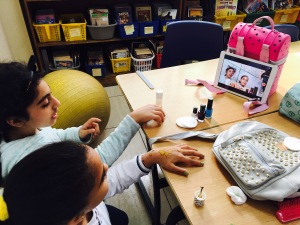
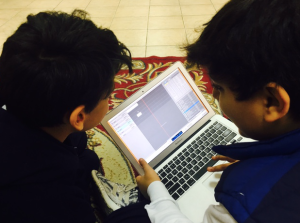
Students were consuming texts.
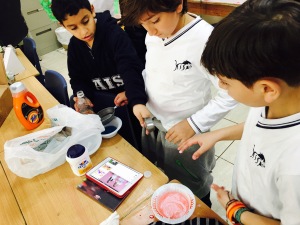
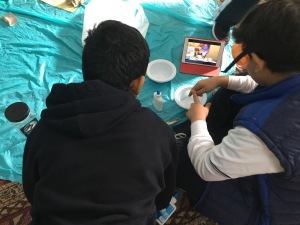
Science
Students were exploring states of liquids and solids.
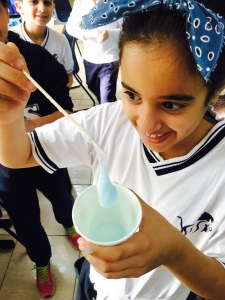
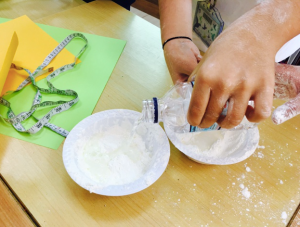
Students were observing the processes of boiling and evaporation.
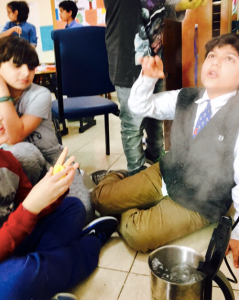
Students were inquiring into chemical reactions.
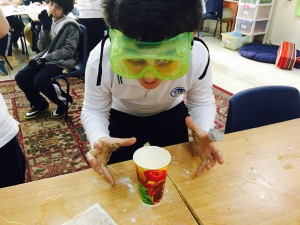
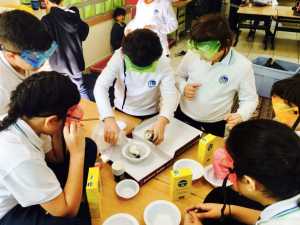
Students were playing with properties of movement and motion.
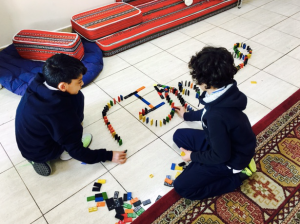
Humanities
Students were reflecting on and changing their choices of materials and processes to minimize their impact on the environment.
From using new paper to protect a space, to using already-used paper…
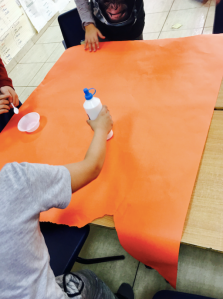
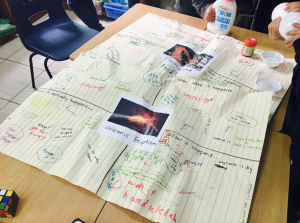
From using tissue to tidy up a mess, to using a reusable cloth…
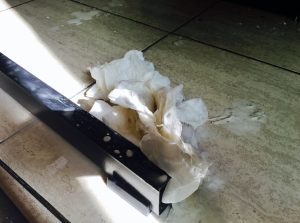
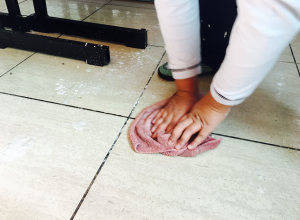
From buying new things to use, to repurposing things we already have…
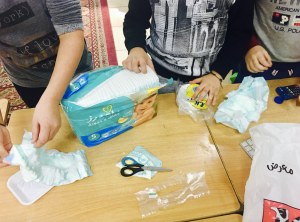
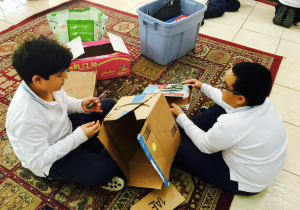
From using disposable wipes to wash hands, to using soap and water…
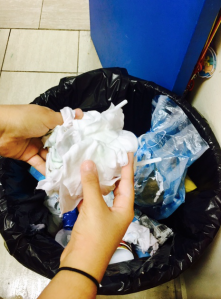
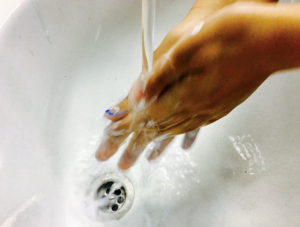
From pouring out water when the bottle is needed, to moving it to another container…
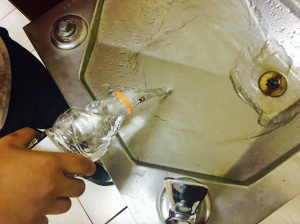
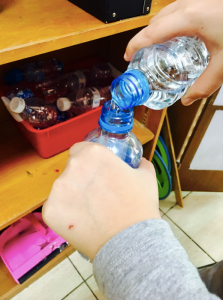
Reflections…
To make sure that the connections weren’t only explicit to me, at the end of the day students reflected on the learning that was happening.
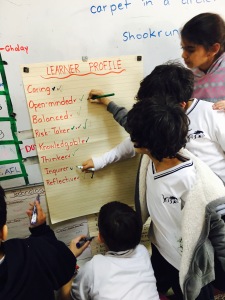
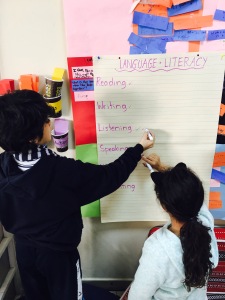
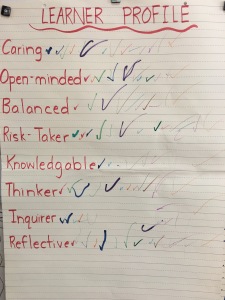
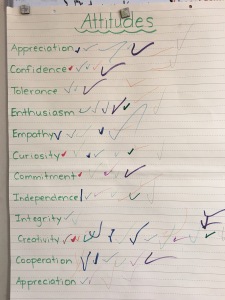
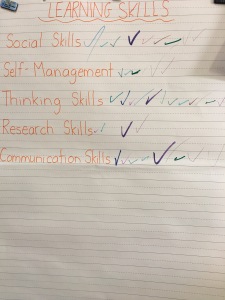
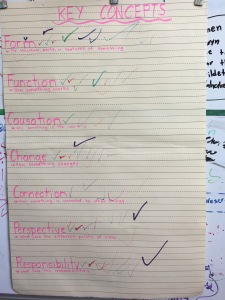
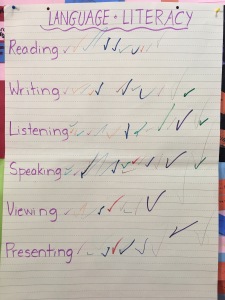
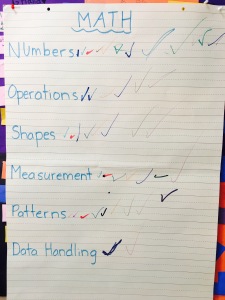 –
–
I’m glad Creativity Thursdays have turned out to be such a success! And although I try to allow for and encourage creativity in all of the regular learning that we do, I think it is important to carve out some protected time purely for the development of student’s creativity as well.
… especially when doing so seems to lead to so much thinking, wondering, imagining, exploring and discovering!
